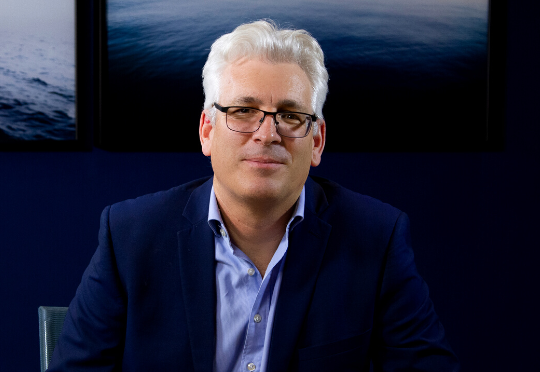[Column] Mark Wilson: The ERP and technology trends that will shape 2023
![[Column] Mark Wilson: The ERP and technology trends that will shape 2023](https://peymantaeidi.net/stem-cell/wp-content/uploads/2023/01/Mark20Wilson-CEO-SYSPRO20.png)

[Column] Mark Wilson: The ERP and technology trends that will shape 2023
Following a year of disruption caused by Russia’s invasion of Ukraine, supply chain disruptions and record-breaking inflation, we look to the year ahead and what 2023 might have in store for manufacturers and distributors.
Even with pandemic-related restrictions now a thing of the past, many reopened enterprises have quickly realised the market is not what it used to be. New technology and the latest enterprise resource planning trends have enabled a rush of swift changes in ERP that will need companies to update quickly. Manufactures and distributors will be looking at their ERP software systems and trying to maximise the benefits they can receive. So, what can these organisations expect to see in 2023 and what technology trends will define the year? Let us take a closer look.
Managing the supply chain
It would be difficult to discuss any future trends around ERP solutions without looking at the current global supply chain situation. While there has been some pressure removed from manufacturers and distributors, there are still major shortages of key materials causing delays in production as well as increase in costs.
Due to these shortages, these organizations are finding it difficult to keep enough inventory in stock as well as numerous challenges around procurement. Almost every manufacturing organization experienced raw material shortages, with supply chain management technologies within ERP systems becoming significantly more popular as a result. These solutions help organizations integrate with suppliers and customers more effectively and give leaders more visibility into the health of their supply chain.
ERP solutions get smarter
ERP rollouts of the last decades focused on collecting transactional data. Now, finance organisations are burdened by the quantity of information collected and don’t know how to analyse or use it. This has led to more intelligent ERP solutions, augmented with AI and connected data, from transaction and external sources, to generate a system that provides contextualised features, experiences, and processes, and can continually learn, improve and adapt.
Effective implementation of an intelligence solution can help reduce human error, save costs, and free up time for your employees to focus on value-generating areas of your business. This domain will be supported by adjacent advancements in AI, the interconnectivity of Internet of Things smart devices, edge computing, digital twins, remote operation, satellite and 5G communications, and advanced materials.
Sustainable practices become the norm
With COP27 recently taking place in November, there has been a renewed focus on finding sustainable solutions and fighting climate change from both the public and private sectors of all industries. Thanks to developments in power, energy, and battery technologies, new solutions can make organisations more efficient and lessen the impact of climate change.
For example, advancements in nanotechnology and materials are helping to improve battery life for vehicles and phones and to reduce dependence on infamously scarce and hard-to-obtain materials such as cobalt and lithium. Energy storage solutions such as pumped storage hydropower and flywheel energy storage can help stabilise energy grids, make them more efficient, and ensure that energy isn’t wasted. We will see more manufacturers and distributors adopting sustainable solutions across their operations to not only reduce their energy costs but their carbon footprint as well.
Remote work and mobile ERP
Thanks to the COVID-19 pandemic, cloud adoption has increased globally, with ERPs moving away from on-premise and migrating their applications to the cloud.
Having remote access just isn’t enough. ERP systems have to meet the needs of a more mobile and remote workforce. Accessing business insights, customer & stock information and processing alerts on the go from a mobile device are part of a mobile-friendly ERP, making your workers more productive beyond their place of work.
As a result, several features of ERP solutions are extending to mobile devices. Mobile ERP systems can support powerful functionalities beyond office or warehouse environments, adding considerable value to your business.
Rising into the clouds
At the start of 2022 IDC Corporation predicted that by 2026 Cloud-Native architecture and its ability for continuous innovation will be the main selection criteria in over 80% of IT-led enterprise application deployments.
These cloud models offer many benefits, including the ability for smaller companies to ramp up their IT investment. This has resulted in a variety of solutions available on the market, with today’s cloud-based ERP systems becoming well-suited for even small-to-midsized companies. These companies can choose between implementing a system fully located in the cloud or implementing a hybrid model that still offers a degree of in-house IT control.
ERP technologies are constantly evolving and becoming more sophisticated. In the future, ERP systems will become more intelligent, more user-friendly, and more integrated. As a result, they will become an even more essential tool for businesses of all sizes.
Mark Wilson is the Chief Executive Officer, SYSPRO EMEA.



